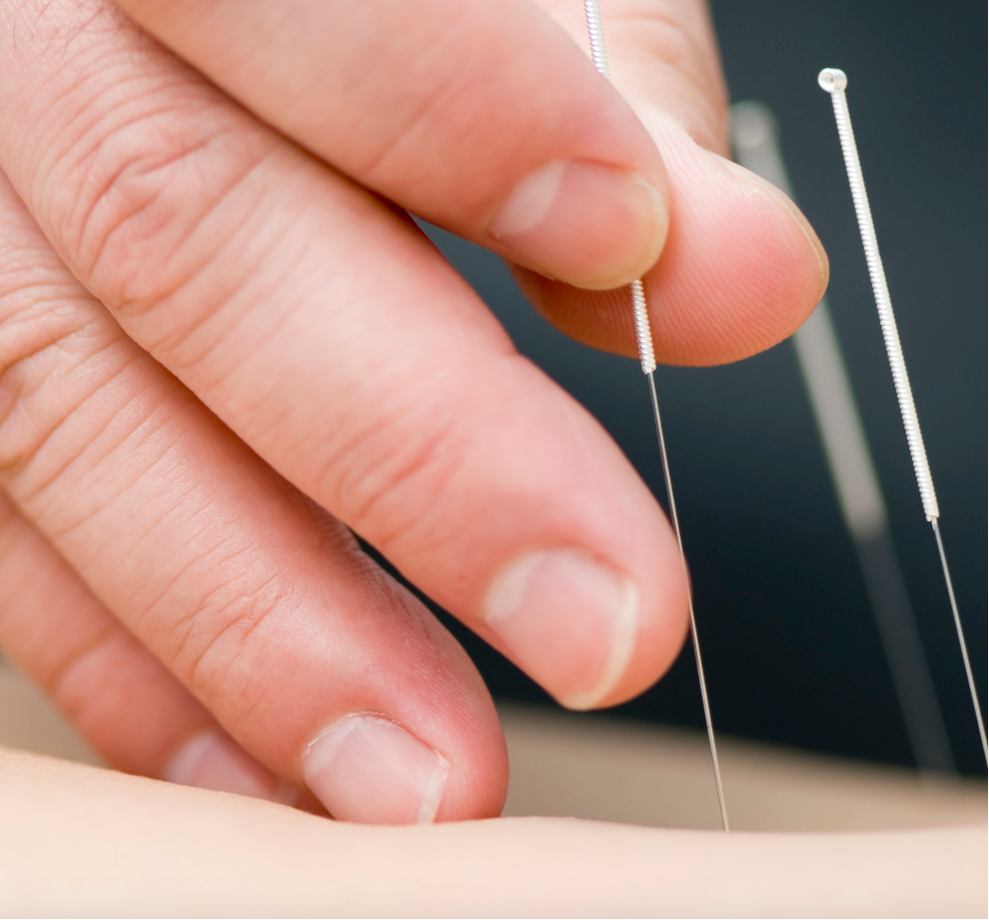Studies Focused on Benefits of Acupuncture, Electroacupuncture Increasing in Number in Fibromyalgia
The findings visualized the increased amount of research regarding acupuncture for fibromyalgia treatment, which may eventually boost efficacy, reduce cost, and promte future development in the field.
The number of research studies, researchers, and institutions analyzing acupuncture and electroacupuncture as treatment options for patients with fibromyalgia syndrome (FMS) has increased from year to year (2000 to 2021), according to a study published in Journal of Pain Research.1

“The specific mechanism of acupuncture for FMS is currently unknown,” investigators note. “Now there are 2 main hypotheses. The first one is the neurohormonal theory, which suggests that by pricking needles into specific locations, A-delta and C afferent nerve fibers are stimulated, which then transmit to multiple locations in the central nervous system to trigger the release of endogenous opioids. Another theory is the long-term depression hypothesis, which suggests that acupuncture leads to a release of neurotransmitters that downregulate A-delta fibers and provide long-term pain relief.”
The Science Citation Index Expanded (SCI-Expanded) database of Web of Science (WoS) was searched for publications from 2000 to 2021 to analyze acupuncture as a treatment option for the physical and mental symptoms of fibromyalgia. Countries, authors, institutions, keywords, and literature were assessed via CiteSpace, a Java application that allows visual exploration in bibliographic databases, and Vosviewer, a computer program used for constructing and viewing bibliometric apps, to investigate the scientific achievements, research hot spots and trends, and collaboration networks.
In total, 868 publications were included in the study. Literature has increased steadily from 2000 to 2021 (t = 11.721, P = 0.001), with the most common type categorized under “Article.” Pain is the most cited journal (citations: 193) followed by Jama-J Am Med Assoc (Citations: 161), and Ann Intern Med (Citations: 143). The Pain journal focuses on the nature of pain, including its treatment and mechanisms. The Evid-Based Compl Alt journal was deemed most productive and the average impact factor (IF) of the top 10 journals was 5.4157.
The most prolific country with the greatest influence in FMS was the United States (institution: the University of Michigan) and the country had extensive corporation in North America, Europe, and Japan. The US also had the most publications (33%, n = 285), which was followed by China (15%, n = 135). The long-term efficacy, alternative medicine, electroacupuncture, and animal studies were reported as the scientific hotspots in acupuncture for treatment of fibromyalgia.
Regarding investigators, 306 researchers contributed to publications within a 2-decade span. The most prolific researcher was Yiwen Lin (11 articles) and Wolfe Frederick had the highest cited paper (Citation:115).
Most clinical trials lacked a “double-blind” design and there was a shortage of multi-center trials. Additionally, cross-border cooperation between continents was lacking and most of the research was concentrated in developed countries. Lastly, the bibliometric software presented algorithm problems and made it impossible to deal with multiple language databases simultaneously.
“This study visualizes the current state of research and scientific hotspots in the field of acupuncture for FMS, which will help researchers to accurately grasp research trends promptly and find suitable research collaborators, thus increasing efficiency, reducing unnecessary costs, and ultimately promoting future development of the field, thereby alleviating patient pain,” investigators concluded.
Reference:
Yu G, Chen L, Huang H, Nie B, Gu J. Research Trends of Acupuncture Therapy on Fibromyalgia from 2000 to 2021: A Bibliometric Analysis. J Pain Res. 2022;15:3941-3958. Published 2022 Dec 15. doi:10.2147/JPR.S382847